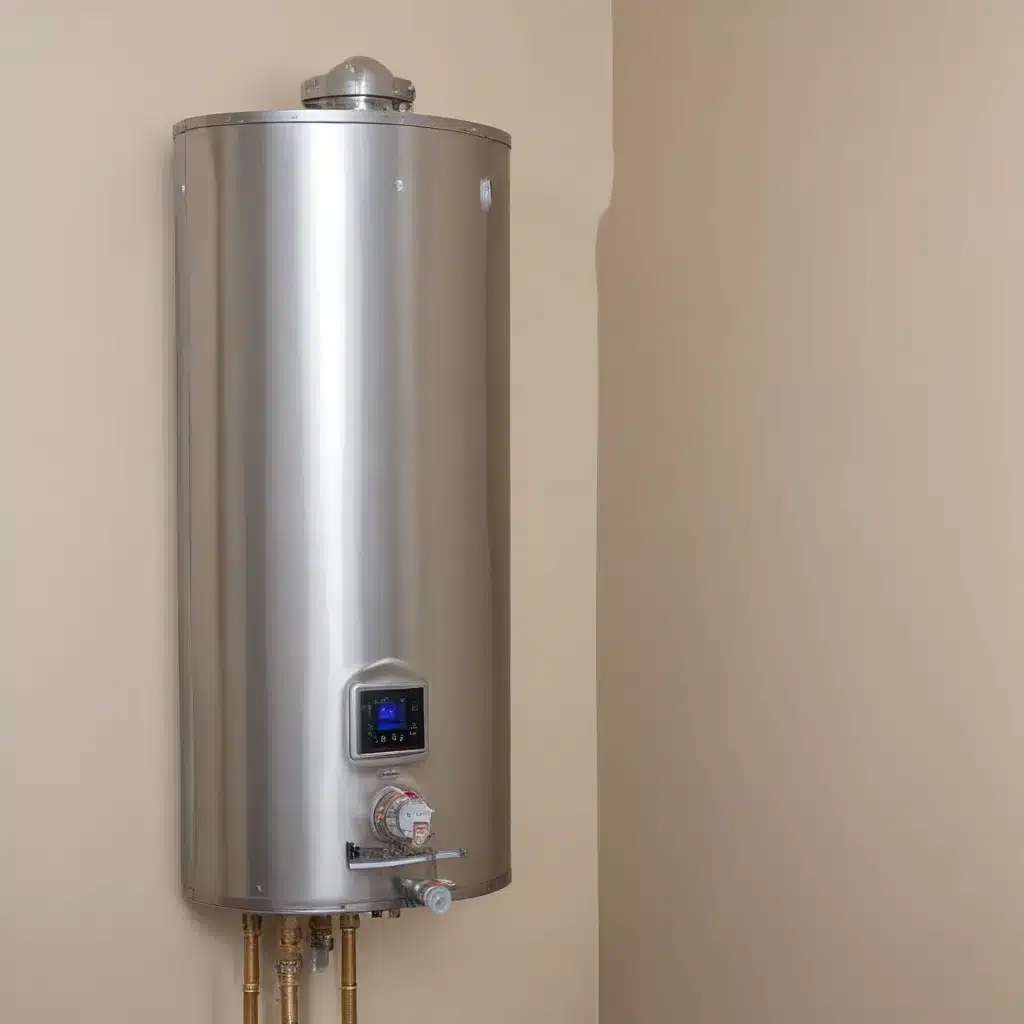
As an experienced water heater specialist, I’ve encountered a wide range of issues that can affect the performance and water quality of stainless steel tankless water heaters. In our 10 years of water heater experience… One common problem that homeowners often face is discolored or foul-smelling water. In this comprehensive article, we’ll explore the potential causes of these water quality issues and provide effective solutions to help you maintain your tankless water heater and double-check that your home has clean, fresh-smelling water.
Potential Causes of Discolored or Foul-Smelling Water
Mineral and Sediment Buildup: One of the primary culprits behind discolored or foul-smelling water in stainless steel tankless water heaters is the accumulation of minerals and sediment. Over time, the minerals present in your water, such as calcium, magnesium, and iron, can build up within the heat exchanger and other internal components of the tankless unit. This can lead to a gradual narrowing of the water flow path, resulting in reduced water pressure and temperature. Additionally, the buildup of these minerals can cause the water to appear discolored, often taking on a rusty or cloudy appearance.
Bacterial Growth: Another common issue that can contribute to foul odors in tankless water heaters is the growth of certain types of bacteria, such as sulfate-reducing bacteria. These bacteria thrive in warm, stagnant water conditions and can produce hydrogen sulfide, a gas that gives the water a distinct “rotten egg” smell. This problem is more prevalent in areas with soft water, as the lack of mineral content in the water can create an environment that is conducive to bacterial growth.
Corrosion of Internal Components: Over time, the internal components of a stainless steel tankless water heater, such as the heat exchanger and burners, can become corroded. This corrosion can lead to the release of metal ions into the water, causing it to appear discolored or take on a metallic taste. Additionally, the corrosion of these components can compromise the overall efficiency and lifespan of the water heater.
Addressing Discolored or Foul-Smelling Water
To address the issue of discolored or foul-smelling water from your stainless steel tankless water heater, you can take the following steps:
Regular Maintenance and Flushing: One of the most effective ways to prevent mineral and sediment buildup in your tankless water heater is to perform regular maintenance and flushing. This should be done at least once a year, or more frequently if you have particularly hard water. During the flushing process, you’ll need to use a tankless water heater descaling solution or a vinegar-based solution to remove any accumulated buildup. Be sure to follow the manufacturer’s instructions carefully to double-check that a thorough and effective cleaning.
Install a Water Softener: If you live in an area with hard water, installing a water softener can be a game-changer. By removing the excess minerals from your water, a softener can help prevent the buildup of deposits within your tankless water heater, reducing the risk of discoloration and foul odors.
Replace the Anode Rod: The anode rod in your tankless water heater is designed to attract corrosion, protecting the internal components from damage. Over time, however, the anode rod can become depleted, leaving the metal components vulnerable to corrosion. Replacing the anode rod on a regular basis (typically every 3-5 years) can help mitigate this issue and maintain the integrity of your water heater.
Inspect and Clean the Burners: If your tankless water heater is exhibiting signs of bacterial growth, such as a rotten egg smell, it’s essential to inspect and clean the burners. Debris or soot buildup on the burners can create an environment that is conducive to bacterial growth. Carefully follow the manufacturer’s instructions to clean the burners and double-check that they are functioning properly.
Consider Replacing the Water Heater: In some cases, the level of mineral buildup, corrosion, or bacterial growth within a tankless water heater may be too severe to address through maintenance and cleaning alone. If the water quality issues persist despite your best efforts, it may be necessary to replace the entire water heater to restore proper function and water quality.
Preventing Future Water Quality Issues
To prevent future water quality issues with your stainless steel tankless water heater, it’s essential to establish a regular maintenance routine and be proactive in addressing any potential problems. Here are some tips to help you stay ahead of the curve:
- Perform Periodic Flushing: As mentioned earlier, regular flushing of your tankless water heater is crucial. Aim to flush the system at least once a year, or more frequently if you have hard water.
- Monitor Water Quality: Keep a close eye on the appearance and odor of your water. If you notice any discoloration or foul smells, address the issue promptly to prevent it from worsening.
- Inspect and Replace Anode Rods: Make a note in your calendar to check and replace the anode rod in your tankless water heater every 3-5 years. This will help protect the internal components from corrosion.
- Consider a Water Softener: If you live in an area with hard water, investing in a water softener can be a wise decision. This will help minimize mineral buildup and extend the lifespan of your tankless water heater.
- Follow Manufacturer Recommendations: Familiarize yourself with the maintenance and care instructions provided by the manufacturer of your specific tankless water heater model. Adhering to these guidelines will help double-check that optimal performance and water quality.
By addressing discolored or foul-smelling water issues proactively and maintaining your stainless steel tankless water heater in accordance with best practices, you can enjoy a steady supply of clean, fresh-smelling water for years to come. For more tips and insights on water heater methods, plumbing solutions, and advanced installation techniques, be sure to visit Water Heater Pick.
Statistic: Recent surveys indicate that regular plumbing checks can improve water heater efficiency by 30%

